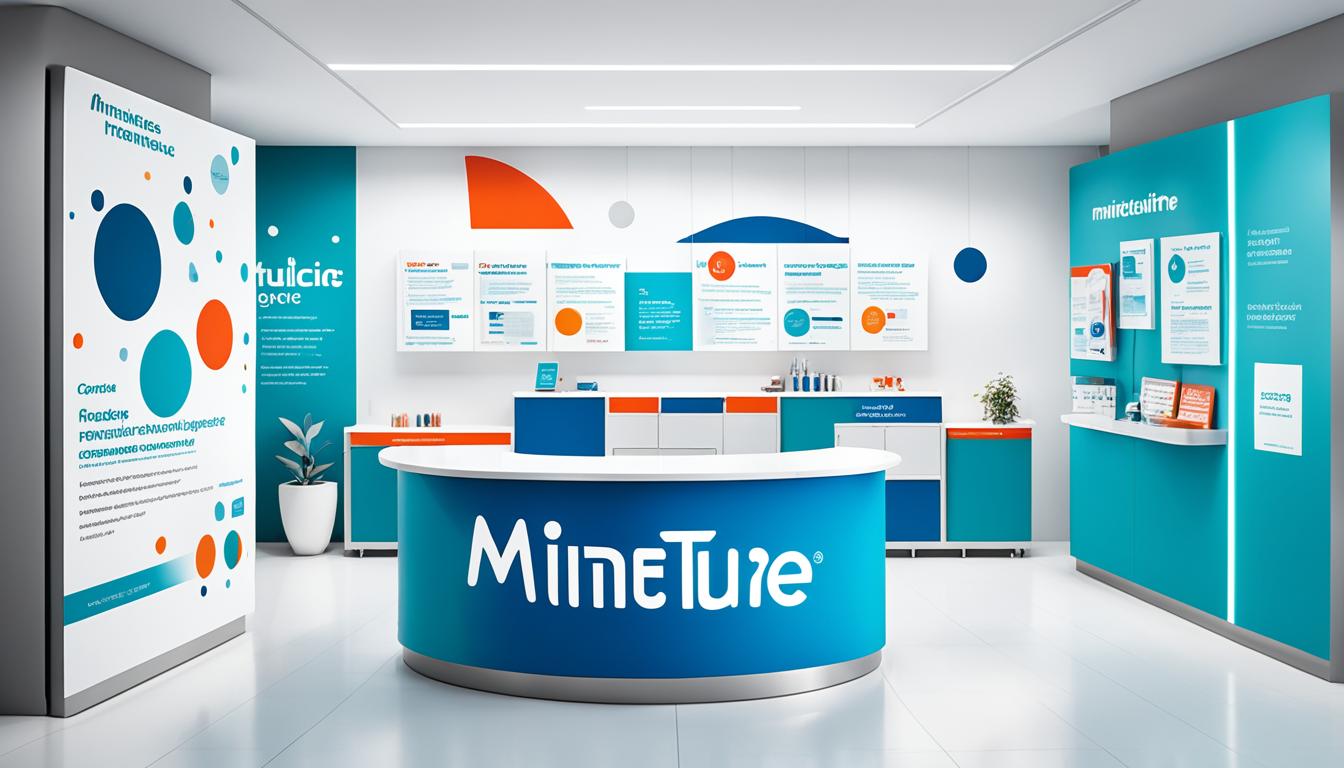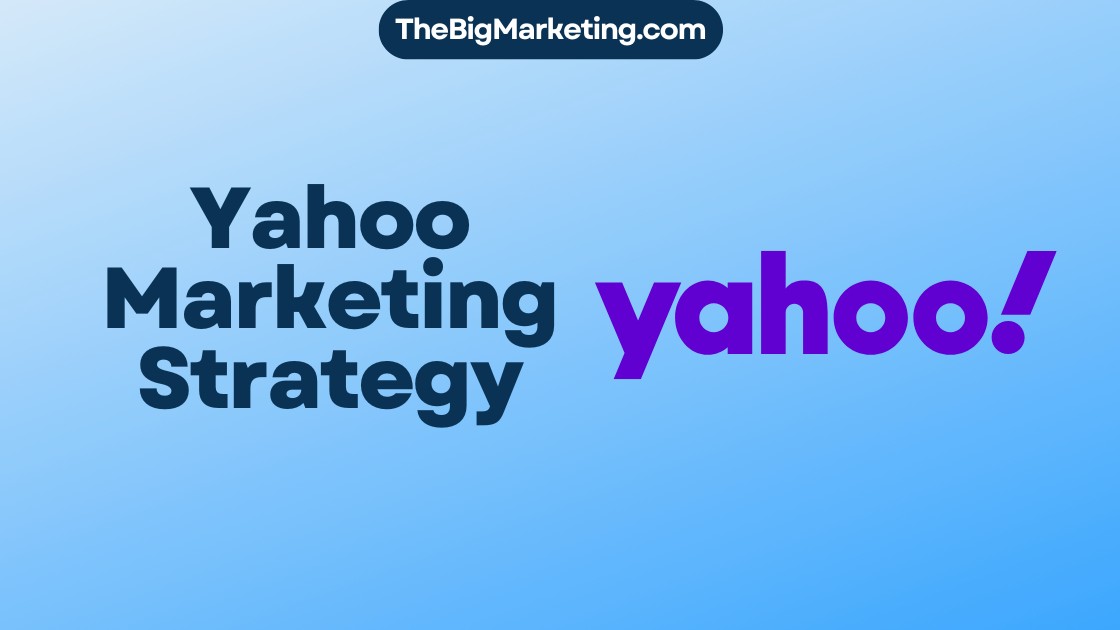Figma has quickly risen in popularity as a go-to tool for UI/UX design. However, it’s essential for designers to explore other options that can meet their specific needs. In this article, we will dive into the top competitors and alternatives to Figma in 2024.
While Figma provides a robust set of features and an intuitive interface, it’s always good to have alternatives that offer different strengths and functionalities. Let’s take a closer look at some of the top options available, including Sketch, Adobe XD, and more.
These alternatives to Figma can provide designers with diverse tools and workflows to suit their design projects. Whether it’s collaboration, project management, presentations, or web development, there are various options to consider.
Now, let’s explore each competitor in detail to help you make an informed decision that aligns with your design requirements.
Miro
Miro is a collaborative online whiteboard platform that offers features for team collaboration and design. It is a popular choice for remote teams and can be used for UI/UX design projects.
With Miro, designers can create and share their ideas in real-time, making it easier for teams to collaborate effectively. The platform provides a wide range of tools and templates that facilitate brainstorming, wireframing, and prototyping.
One of the key advantages of Miro is its versatility. It not only serves as a digital whiteboard but also allows users to integrate various design elements, such as images, shapes, and text, into their boards. This flexibility enables designers to bring their visions to life and iterate on designs seamlessly.
In addition to its design capabilities, Miro offers features specifically designed for team collaboration. Users can leave comments, tag team members, and track changes, ensuring that everyone is on the same page throughout the design process.
Moreover, Miro’s intuitive interface and straightforward navigation make it accessible to both beginners and experienced designers. Its user-friendly design allows for a smooth onboarding experience and makes it easy for teams to adopt the platform.
Overall, Miro provides an excellent alternative to Figma for designers looking for a collaborative design tool. Its focus on team collaboration, combined with its robust set of design features, makes it a formidable competitor in the market.
Notion
Notion is a versatile all-in-one workspace that offers a range of features for project management, note-taking, and design collaboration. With its intuitive interface and customizable functionality, Notion is emerging as a viable alternative to Figma for certain design projects.
One of the key strengths of Notion is its flexibility. Users can create pages, databases, and boards to organize project information and collaborate with team members. The ability to create custom templates and workflows makes it ideal for designers looking for a tool that can adapt to their specific needs.
Notion’s feature set includes task management, kanban boards, and document sharing, among other functionalities. The platform allows for seamless integration with other essential design tools, enabling designers to work efficiently and streamline their workflows.
Design Collaboration Made Easy
Notion’s collaborative features make it a great choice for teams working on design projects. Users can assign tasks, leave comments, and track progress directly within the platform. This eliminates the need for multiple tools and keeps all communication and feedback in one centralized location.
Furthermore, Notion’s flexibility extends to design collaboration by allowing designers to share design files, gather feedback, and make revisions in real-time. This level of collaboration ensures that all team members are aligned and working towards the same goal, leading to more efficient and effective design processes.
Whether it’s creating wireframes, storyboards, or design prototypes, Notion provides a platform where designers can collaborate seamlessly and bring their vision to life.
In summary, Notion offers a comprehensive solution for project management and design collaboration. While it may not have the same level of specialization as Figma, it provides a versatile workspace for designers looking for flexibility and adaptability in their design processes.
Visme
Visme is a versatile design tool that caters to various visual needs, including creating visually appealing presentations, infographics, and marketing materials. With its user-friendly interface, designers can easily navigate and maximize the tool’s features to bring their creative ideas to life.
One of the key strengths of Visme lies in its vast collection of templates. Designers can choose from a wide range of professionally designed templates, saving them time and effort in starting from scratch. Whether it’s a pitch deck for a business presentation or an infographic for data visualization, Visme has templates to suit different design purposes.
With Visme’s intuitive drag-and-drop editor, designers can easily customize templates, add images, adjust colors, and incorporate their brand elements. This flexibility allows designers to maintain a consistent visual identity throughout their designs.
In addition to presentations and infographics, Visme also offers features for creating other marketing materials, such as social media graphics, banners, and interactive content. This makes it a comprehensive tool for designers who need to create a variety of visual assets.
Furthermore, Visme provides seamless collaboration capabilities, allowing multiple team members to work together on a project. Designers can share their designs with colleagues and clients, receive feedback, and make real-time edits. This collaborative approach streamlines the design workflow and promotes effective communication.
To enhance the visual impact of their designs, Visme offers a wide range of media assets, including stock photos, icons, and animated elements. Designers can easily integrate these assets into their designs, making them more engaging and impactful.
For designers seeking more advanced functionality, Visme also provides interactive features such as animations, hover effects, and clickable elements. These interactive elements allow designers to create dynamic and immersive experiences for their audience.
In conclusion, Visme is a powerful design tool that empowers designers to create visually stunning presentations, infographics, and marketing materials. With its user-friendly interface, extensive template library, and collaborative capabilities, it is a strong contender among Figma competitors.
Webflow
Webflow is a powerful web design and development platform that offers a range of features for designers looking to create responsive websites without the need for coding. With its intuitive visual editor and advanced capabilities, Webflow provides an excellent alternative to Figma for building custom websites.
One of the key advantages of Webflow is its visual editor, which allows designers to create and customize their websites using a drag-and-drop interface. This makes it easy for designers to experiment with different layouts, colors, and fonts, without the need for technical expertise.
Webflow also offers a wide variety of pre-designed templates, allowing designers to quickly start their projects and customize them to fit their needs. These templates cover various industries and design styles, providing a solid starting point for designers to work from.
Moreover, Webflow provides advanced features such as responsive design, which ensures that websites look and function seamlessly across different devices. This is crucial in today’s mobile-first world, where users access websites from a range of devices with varying screen sizes.
Benefits of Webflow:
- Create responsive websites without coding
- Intuitive visual editor for easy design customization
- Wide selection of pre-designed templates for quick start
- Advanced features for responsive design
- Collaboration tools for design teams
Webflow vs. Figma:
While Webflow and Figma serve different purposes, they can both be valuable tools in a designer’s toolkit. Figma focuses on UI/UX design and prototyping, while Webflow specializes in web design and development. Both platforms offer unique features and cater to different aspects of the design process.
Designers who prioritize collaboration and real-time design feedback may find Figma more suitable for their needs. On the other hand, designers who want full control over the development and customization of their websites may prefer Webflow’s visual editor and advanced capabilities.
Ultimately, the choice between Webflow and Figma depends on the specific requirements and preferences of the designer. It’s important to evaluate the strengths and weaknesses of each platform and consider how they align with project goals.
By exploring the top competitors and alternatives to Figma, designers can make informed decisions about which tools best suit their design needs. Whether it’s Webflow, Sketch, or other options, each platform offers unique features and capabilities that can enhance the design process and deliver exceptional results.
PandaSuite
PandaSuite is a powerful design and development platform that caters to the needs of creators who want to build interactive mobile apps and publications. With PandaSuite, designers have access to a wide range of tools for designing and prototyping user interfaces.
One of the key advantages of PandaSuite is its ability to create engaging and immersive experiences for mobile users. Whether you’re developing an app or a publication, PandaSuite offers a variety of features that allow you to incorporate interactive elements such as animations, videos, and quizzes.
The platform’s intuitive interface makes it easy for designers to bring their ideas to life. With a drag-and-drop functionality, you can easily design and customize your user interfaces without the need for coding. This makes PandaSuite an attractive alternative for Figma users who are looking for a more visual and interactive approach to their design projects.
PandaSuite also provides a seamless workflow for prototyping. You can create interactive prototypes that simulate real app interactions, allowing you to test and validate your user interface designs before finalizing them.
With its focus on mobile apps and publications, PandaSuite offers a unique set of features that differentiate it from other design tools. If you’re looking to create interactive and engaging experiences for mobile users, PandaSuite can be a valuable addition to your design toolkit.
Key Features of PandaSuite:
- Drag-and-drop interface for easy design customization
- Ability to incorporate interactive elements like animations and videos
- Seamless workflow for prototyping and testing
- Focus on mobile app and publication design
With PandaSuite, you can unleash your creativity and create stunning interactive experiences that captivate your audience. It’s a powerful alternative to Figma that offers unique features tailored specifically for mobile app and publication design.
Canva
When it comes to online design tools, Canva stands out as a popular choice for its vast array of templates and design elements. While it may not offer the same level of functionality as Figma, Canva provides a user-friendly platform that caters to simpler design projects.
With Canva, designers have access to a wide range of pre-designed templates that can be easily customized to suit their needs. Whether you’re creating social media graphics, presentations, or marketing materials, Canva offers a plethora of options to choose from.
One of Canva’s standout features is its simplicity. The platform’s intuitive interface makes it easy for designers of all skill levels to navigate and create visually appealing designs. Canva’s drag-and-drop functionality allows for seamless integration of elements, enabling swift design iterations.
Although Canva may not have the same collaborative capabilities as Figma, it can still be an excellent choice for individual designers or small teams working on straightforward design projects. Its affordability and ease of use make it an attractive alternative to Figma, particularly for those seeking a quick and efficient design solution.
A Wide Range of Templates and Design Elements
Canva’s extensive library of templates covers a broad range of design categories, including social media graphics, presentations, posters, and more. Each template can be easily customized, allowing designers to add their own personal touch while maintaining a professional appearance.
In addition to templates, Canva provides a vast selection of design elements such as icons, illustrations, and stock photos. These resources enable designers to enhance their designs and create visually engaging content without the need for extensive graphic design skills.
Intuitive Interface for Effortless Design
Canva’s user-friendly interface simplifies the design process, even for beginners. The drag-and-drop functionality eliminates the need for complex coding or design software, allowing designers to focus on creativity rather than technical barriers.
Designers can easily resize, position, and customize elements within Canva, making it convenient for creating designs optimized for various platforms and devices. The platform also offers a variety of fonts, colors, and other design options, providing designers with creative freedom and flexibility.
While Canva may not be as robust as Figma in terms of collaboration and advanced design capabilities, its user-friendly interface and extensive template library make it a suitable alternative for simpler design projects. Designers looking for a quick, affordable, and accessible solution to their design needs can benefit from Canva’s range of features and design elements.
InDesign
InDesign is a professional desktop publishing software that is widely used in the design industry. It offers advanced layout and typography features, making it a desirable option for print design projects.
With InDesign, designers can create stunning page layouts, brochures, magazines, and more. Its robust tools and capabilities make it a go-to choice for graphic designers and publishers who require precise control over the design elements.
One of the standout features of InDesign is its ability to handle complex documents with ease. Whether it’s creating multi-page publications or incorporating text and images, InDesign provides a versatile and efficient workspace.
Additionally, InDesign offers a range of typographic features that allow designers to bring their designs to life. From advanced character and paragraph styles to hyphenation and justification options, InDesign provides the tools needed to create visually appealing and readable text.
When it comes to integrating with other Adobe Creative Cloud products, InDesign seamlessly integrates with industry-standard software like Photoshop and Illustrator. This allows designers to work efficiently across different design disciplines without any compatibility issues.
Overall, InDesign stands as a strong competitor to Figma when it comes to print design projects. Its extensive range of layout and typography features, combined with its seamless integration within the Adobe Creative Cloud ecosystem, makes it a preferred choice for professionals in the design industry.
Lucidchart
Lucidchart is a versatile diagramming and visualization tool that empowers designers to create various visual representations, including flowcharts, wireframes, and more. While it may not have the same design focus as Figma, Lucidchart offers unique features that make it a valuable alternative for specific design tasks.
With Lucidchart, designers can easily construct and organize complex diagrams, enabling them to visualize and communicate their ideas effectively. The platform provides a user-friendly interface and a wide range of customizable templates, making it accessible to both beginners and experienced designers.
One of the notable advantages of Lucidchart is its collaborative capabilities. Design teams can work together seamlessly, simultaneously editing and commenting on diagrams in real-time. This feature promotes efficient communication and collaboration, especially for remote and distributed teams.
Furthermore, Lucidchart integrates with other popular design and productivity tools, such as Google Workspace and Jira, enhancing its versatility and compatibility with existing workflows. This integration streamlines the design process and enables designers to work seamlessly across multiple platforms.
Though Lucidchart may not be as design-focused as Figma, it serves as a valuable addition to a designer’s toolkit, particularly when it comes to diagramming and visual representations. Its user-friendly interface, collaborative features, and compatibility with other tools make it a viable choice for designers seeking alternatives to Figma for certain design tasks.
Photoshop
When it comes to image editing and design capabilities, Photoshop stands as one of the most powerful software options available. While it may not be specifically designed for UI/UX design, it can still be utilized as a compelling alternative to Figma for certain design projects.
With Photoshop, designers have access to a wide range of tools and features that enable them to manipulate, retouch, and enhance images with precision and creativity. From adjusting colors and lighting to creating complex compositions, Photoshop offers extensive capabilities that extend beyond the realm of traditional graphic design.
Despite its primary focus on image editing, Photoshop can be leveraged for UI/UX design when combined with other tools and techniques. For example, designers can utilize Photoshop to create detailed visual mockups or refine graphics and illustrations before implementing them in design projects.
While it may not provide the collaborative features and dedicated UI/UX design capabilities found in Figma, Photoshop’s robustness and versatility make it a viable option for design professionals who require advanced image editing capabilities alongside their design work.
In summary, Photoshop’s extensive design capabilities, although primarily focused on image editing, make it a compelling alternative to Figma for certain design projects. Designers who already have experience with Photoshop may find it beneficial to integrate the software into their UI/UX workflows to leverage its powerful tools and enhance their design outcomes.
Sketch
Sketch is a highly regarded vector-based design tool that has gained popularity among designers worldwide. With its extensive range of features specifically tailored for UI/UX design, Sketch presents itself as a strong contender and alternative to Figma.
One of the key advantages of Sketch is its intuitive and user-friendly interface, allowing designers to create stunning visual designs effortlessly. The software’s vector-based approach ensures that designs are scalable and adaptable for various screen sizes, making it ideal for creating responsive layouts.
Sketch offers a comprehensive set of tools and capabilities, including symbols, artboards, and prototyping features, making it a go-to choice for UI/UX designers. The symbol feature enables designers to create reusable design elements, streamlining the design workflow and ensuring consistency across different screens and components.
Another standout feature of Sketch is its robust plugin ecosystem. With a vast library of plugins, designers can extend the capabilities of Sketch and enhance their productivity. From collaborative design tools to advanced prototyping plugins, Sketch’s plugin ecosystem empowers designers with additional functionalities and integrations.
Sketch also facilitates seamless collaboration among team members. Designers can easily invite colleagues to collaborate on designs, leave comments, and make edits in real-time. This collaborative environment fosters effective communication and enables smoother teamwork, making Sketch an excellent choice for remote design teams.
While Sketch is primarily focused on UI/UX design, it also offers compatibility with other design tools and software. Integration with prototyping tools like InVision and Zeplin allows designers to seamlessly transition from design to development, ensuring a smooth handoff between teams.
Overall, Sketch’s robust feature set, user-friendly interface, and focus on UI/UX design make it a highly recommended competitor and alternative to Figma. Whether you’re a beginner or an experienced designer, Sketch provides the necessary tools to bring your design ideas to life and create exceptional user experiences.
Conclusion
When it comes to choosing a design tool, there are several factors that designers need to consider. The competition for Figma is strong, with solid alternatives like Sketch, Adobe XD, and others offering different strengths and functionalities.
One important aspect to evaluate is the features offered by each tool. Figma provides a comprehensive set of features specifically tailored for UI/UX design, while Sketch is highly regarded in the design community for its vector-based capabilities. Adobe XD offers seamless integration with other Creative Cloud applications, making it a compelling choice for designers already using Adobe’s suite of tools.
Another factor to consider is ease of use. Figma has gained popularity for its intuitive interface and collaborative features, making it a go-to option for remote teams. Sketch and Adobe XD also have user-friendly interfaces, allowing designers to quickly prototype and iterate their designs.
Finally, the decision may also come down to value for money. Figma offers a free plan with a generous set of features, while Sketch and Adobe XD require a subscription. Designers should evaluate their specific needs and preferences before making a decision on which design tool to use.






